The Stanley Cup’s been raised. The parade is over. The song “Gloria” is forever printed in your head. Now what?
The simple answer is: plenty.
This week, the NHL offseason gets underway, with the Entry Draft and then soon thereafter free agency. As teams tinker with their rosters and shore up contracts, there are a few offseason dates to keep top of mind. Technically, it started June 15, when the first player buyout period began. Here are the key dates to remember as we enter the summer.
Keep this link handy for important upcoming dates and check back regularly to see what’s going on in the NHL.
June 15: First Buyout Period Starts
The first buyout period opens. The Los Angeles Kings have already bought out the contract of Dion Phaneuf. There are several clubs with tough decisions to make. Which team and which player is next?
Anaheim Ducks winger Corey Perry may be one of the biggest names on the buyout market. The Ducks would love to trade the 2011 Hart Trophy winner who carries a cap hit of $8.625 million in each of the next two seasons. If they can’t get a decent return while eating a chunk of his salary, they may be forced to use a buyout. Then there are Carolina Hurricanes goaltender Scott Darling, Tampa Bay Lightning forward Ryan Callahan and Pittsburgh Penguins blueliner Jack Johnson.
June 19-20: NHL Awards & Board of Governors Meeting
The NHL Awards is always a good time. It all goes down at Mandalay Bay in Las Vegas as the biggest names in hockey and Hollywood come together to celebrate the season.
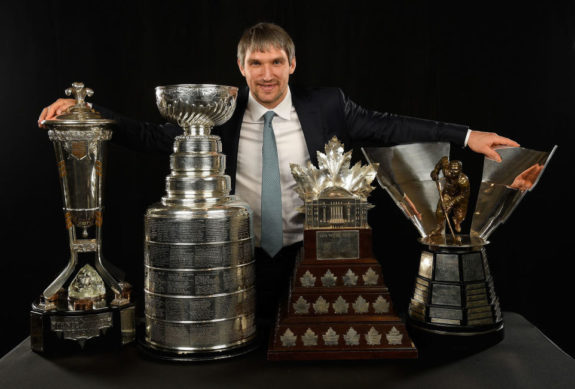
The NHL Awards honor the best regular-season players in a wide range of categories, including most valuable player (Hart Trophy), outstanding goaltender (Vezina Trophy), outstanding defenseman (Norris Trophy) and outstanding rookie (Calder Trophy); the Ted Lindsay Award, which is presented annually to the “most outstanding player” in the NHL as voted by fellow members of the National Hockey League Players’ Association (NHLPA), also will be awarded. NBCSN and Sportsnet will broadcast the event live in the United States and Canada, respectively, on June 19 at 8 p.m. ET / 5 p.m. PT. The Board of Governors meeting takes place the following day.
June 21: Round 1 of the NHL Draft in Vancouver
Round 1: Begins Friday at 8 p.m. ET (NBCSN, SN, TVAS) at Rogers Arena.
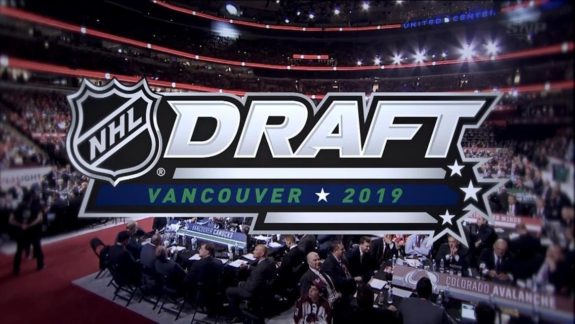
June 22: Rounds 2-7 of the NHL Draft in Vancouver
Rounds 2-7: Begins Saturday, at 1 p.m. ET (NHL Network, SN) at Rogers Arena.
June 23: UFA Interview Window Opens
12 a.m.: Interview period begins for upcoming unrestricted free agents
Teams can officially and legally begin talking to and interviewing UFAs, though deals cannot officially be signed until July 1.

Erik Karlsson may be off the market, after signing an eight-year deal with the San Jose Sharks, but there are plenty of UFAs up for grabs, including Artemi Panarin and Sergei Bobrovsky of the Columbus Blue Jackets.
June 25: 2019-20 NHL Schedule Release
The full NHL schedule for the 2019-20 season is expected to be released.
June 25: RFA Qualifying Offers Due
Teams have until this date to make qualifying offers to restricted free agents. Essentially, the qualifying offer is a Collective Bargaining Agreement (CBA) mechanism that allows teams to retain the negotiating right for players whose contracts have expired but are not yet allowed to hit unrestricted free agency.
By tending a qualifying offer, teams keep their rights to the first refusal on any offer sheet that an RFA might get in free agency. A qualifying offer is a single year standard player contract with a value that is calculated from the player’s previous base salary. You can use CapFriendly’s handy Qualifying Offer Calculator to calculate a qualifying offer for any current RFA.
If the team submits a qualifying offer for their player, that team keeps their rights to first refusal on that player, for one year. What that means is the team can decide to match or take draft pick compensation in the event that the player signs an offer sheet with another club.
RFAs, just like UFAs, are free to speak with and sign with any other team. A player has the choice to sign the qualifying offer or refuse it. Either way, the team keeps their negotiating rights for that player.
If the team doesn’t submit a qualifying offer for a player, he becomes an unrestricted free agent. It’s exactly what happened to Robin Lehner last season when the Buffalo Sabres did not tender an offer and he signed as a UFA with the New York Islanders.
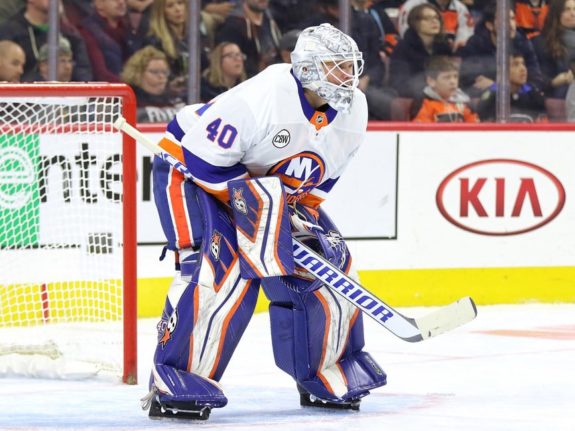
June 26: RFA Contact Period Begins
Teams can officially and legally begin talking to and interviewing RFAs, though deals cannot officially be signed until July 1.
June 30 (5 p.m.): First Player Buyout Period Ends & Salary Cap is Set
Initially, the cap is expected to be between $82 and $83 million.
July 1: Free Agency Begins
Qualifying offers and offer sheets can be accepted starting at 12 p.m.
On July 1, all free agents in the league will be able to make deals with teams. The NHL’s free agency period typically only lasts a few day, with the biggest names signed within the first few hours. Players in the final year of a contract are eligible for a contract extension.
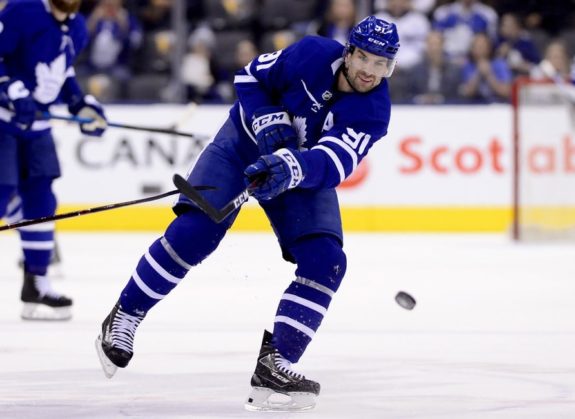
The biggest story from last season’s free agency period was John Tavares heading to his hometown Toronto Maple Leafs. This season has several coveted players at every position. Two of Columbus’ key pieces need new deals. Winger Artemi Panarin is coming off a two-year, $12 million bridge deal, and Sergei Bobrovsky just completed a four-year, $29.7 million contract.
July 5 (5p.m.): Deadline for Player-Elected Salary Arbitration
This is the deadline for players to request salary arbitration.
July 15: Qualifying Offers Expire
Players need to take it or leave it.
July 20: Salary Arbitration Hearings Begin
NHL salary arbitration is a tool available to settle some contract disputes. The player and team each propose a salary for the coming season and argue their cases at a hearing. The arbitrator, a neutral third party, then sets the player’s salary.
The current system for NHL arbitration was created after the 1994 to 1995 lockout and is governed by Article 12 of the collective bargaining agreement between the NHL and NHLPA.
Most players must have four years of NHL experience before they are eligible for salary arbitration (the term is reduced for those who signed their first NHL contract after the age of 20). The process is used by RFAs because it is one of the few bargaining options available to them. In 2017, 30 NHL players filed for salary arbitration, including Nate Schmidt, a defenseman on the Vegas Golden Knights. After signing a two-year, $4.45 million deal, Schmidt signed a six-year, $35.7 million deal through the 2024-25 season with the Golden Knights.
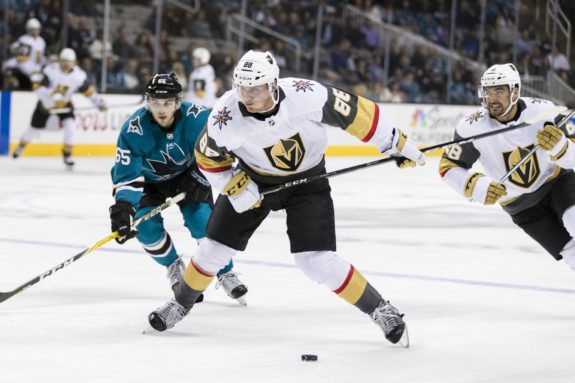
A player and team can continue to negotiate up until the date of the hearing, in hopes of agreeing to a contract and avoiding the arbitration process. Most cases are settled by negotiation prior to the arbitration hearing.
Note: A player can be taken to arbitration only once in his career and can never receive less than 85 percent of his previous year’s salary. There are no such restrictions on the number of times a player can ask for arbitration, or the size of the salary awarded.
The arbitrator must make a decision within 48 hours of the hearing. When the decision is announced, the team has the right to decline or walk away from the award. If the team exercises this right, the player can declare himself an unrestricted free agent.
August 4: Salary Arbitration Hearings End
The NHL saw arbitration as a way to resolve salary disputes but also make unrestricted free agency harder to obtain. The only other other major sports league in the United States that uses the salary arbitration process is Major League Baseball.
August 15: Signing Rights Deadline for College-Drafted Players
Teams must either sign their recent prospects or lose them to free agency.